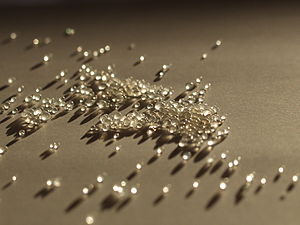flowers details
flowers that use biotic vectors appeal to and use https://fransflowers.ca/ bugs, bats, birds, or other animals to switch pollen from one flower to the following. Regularly they may be specialised in shape and have an association of the stamens that ensures that pollen grains are transferred to the our bodies of the pollinator while it lands looking for its attractant (which include nectar, pollen, or a mate). Many flora rely on easy proximity between flower elements to ensure pollination, at the same time as others have complicated designs to make sure pollination and prevent self-pollination
Those are regularly known as carrion flowers, consisting of vegetation in the genus rafflesia, and the titan arum.= plants pollinated via night time visitors, including bats and moths, are probable to concentrate on fragrance to attract pollinators and so most such flowers are white. Flowers also are specialized in form and have an association of the stamens that guarantees that pollen grains are transferred to the our bodies of the pollinator when it lands on the lookout for its attractant. Different flowers use mimicry or pseudocopulation to draw pollinators. Many orchids for instance, produce plants such as girl bees or wasps in colour, form, and fragrance. Adult males move from one flower to the next looking for a mate, pollinating the vegetation. Many plants have close relationships with one or a few precise pollinating organisms. Many flora, for example, appeal to most effective one specific species of insect, and consequently depend upon that insect for successful duplicate.
This near relationship an example of coevolution, as the flower and pollinator have advanced together over a long time period to fit each different's needs. this near relationship compounds the bad consequences of extinction, but, because the extinction of either member in such a courting could nearly truly mean the extinction of the other member as well. The lady flower of enhalus acoroides, which is pollinated through a aggregate of hyphydrogamy and ephydrogamy. Plants that use abiotic, or non-residing, vectors use the wind or, an awful lot much less commonly, water, to move pollen from one flower to the next through the wind to different plant life. Commonplace examples consist of the grasses, birch trees, in conjunction with many different species within the order fagales, ragweeds, and plenty of sedges. They haven't any want to draw pollinators and consequently have a tendency not to grow massive, showy, or colourful plant life, and do no longer have nectaries, nor a substantial heady scent.
Because of this, flora commonly have many thousands of tiny plants which have comparatively massive, feathery stigmas; to boom the chance of pollen being obtained. while the pollen of entomophilous plants is generally huge, sticky, and rich in protein (to act as a "reward" for pollinators), anemophilous flower pollen is typically small-grained, very light, easy, and of little dietary cost to bugs in order for the wind to effectively pick out up and transport the pollen, the flowers typically have anthers loosely attached to the quit of long skinny filaments, or pollen bureaucracy round a catkin which moves within the wind. Rarer kinds of this contain individual plant life being transportable by way of the wind (pendulous), or maybe less generally; the anthers exploding to launch the pollen into the wind. know more
.jpg)

.jpg)
Comments
Post a Comment